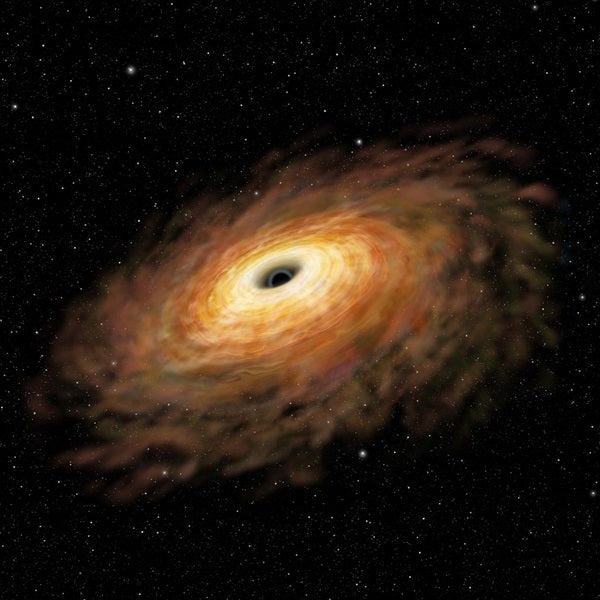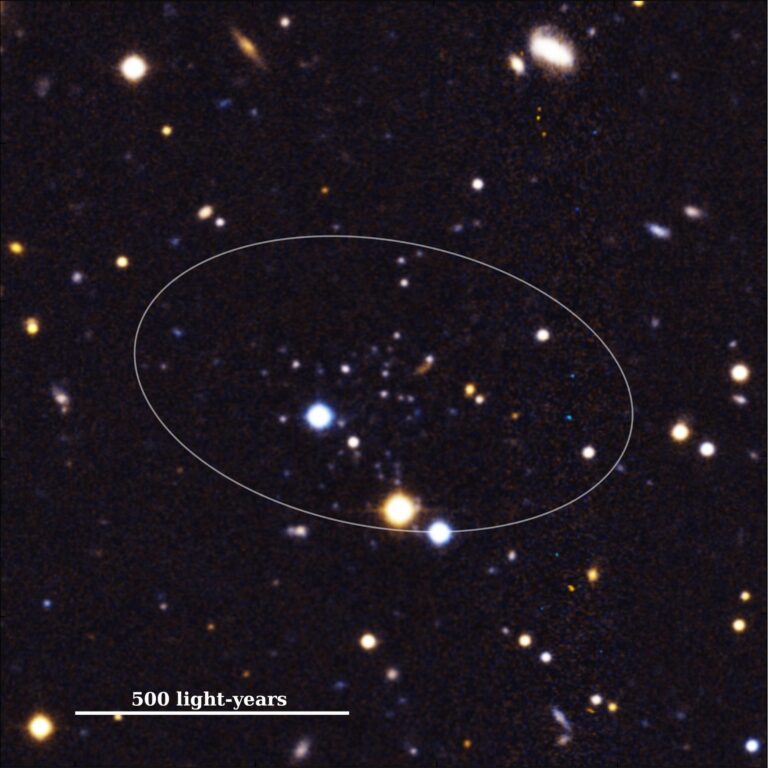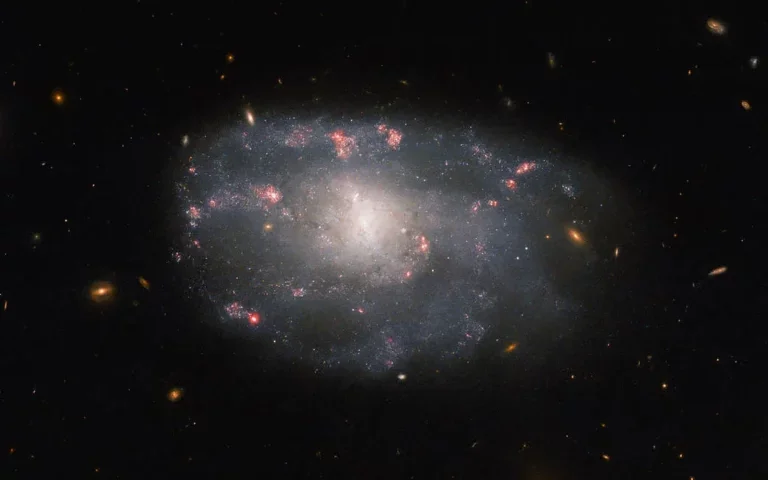In this universe, dark matter has a much higher mass than luminous matter, and it dominates the formation of galaxies and their large-scale structures. The widely accepted cold-dark-matter-based galaxy formation scenario posits that collisions and mergers of small gas-rich galaxies result in the formation of massive galaxies seen in the current universe. Recent observations show that SMBHs with more than 1 million solar masses ubiquitously exist in the center of galaxies. The merger of gas-rich galaxies with SMBHs in their centers not only causes active star formation, but also stimulates mass accretion onto the existing SMBHs. When material accretes onto a supermassive black hole, the accretion disk surrounding the black hole becomes very hot from the release of gravitational energy, and it becomes very luminous. This process is referred to as active galactic nucleus (AGN) activity; it is different from the energy generation activity by nuclear fusion reactions within stars. Understanding the difference between these kinds of activities is crucial for clarifying the physical processes of galaxy formation. However, observation of these processes is challenging because dust and gas shroud both star formation and AGN activities in merging galaxies. Infrared observations are indispensable for this type of research because they substantially reduce the effects of dust extinction.
To better understand these activities, a team of astronomers at the National Astronomical Observatory of Japan (NAOJ), led by Masatoshi Imanishi, used Subaru Telescope’s Infrared Camera and Spectrograph (IRCS) and its adaptive optics system to observe infrared luminous merging galaxies at the infrared K-band — a wavelength of 2.2 micrometers — and L’-band — a wavelength of 3.8 micrometers. They used imaging data at these wavelengths to establish a method to differentiate the activities of deeply buried active SMBHs from those of star formation. The radioactive energy-generation efficiency from active mass-accreting SMBHs is much higher than that of the nuclear fusion reactions inside stars. An active SMBH generates a large amount of hot dust (several hundred kelvins), which produces strong infrared L’-band radiation; the relative strengths of the infrared K- and L’-band emission distinguish the active SMBH from star-forming activity. Since dust extinction effects are small at these infrared wavelengths, the method can detect even deeply buried active SMBHs, which are elusive in optical wavelengths. Subaru Telescope’s adaptive optics system enabled the team to obtain high spatial resolution images that allowed them to effectively investigate emission that originates in active SMBHs in the nuclear regions of galaxies by minimizing emission contamination from galaxy-wide star-forming activity.
The team observed 29 infrared luminous gas-rich merging galaxies. Based on the relative strength of the infrared K- and L’-band emission at galaxy nuclei, they confirmed that at least one active SMBH occurs in every galaxy but one. This indicates that in gas-rich merging galaxies, a large amount of material can accrete onto SMBHs, and many such SMBHs can show AGN activity.
However, only four merging galaxies display multiple active SMBHs. If both of the original merged galaxies had SMBHs, then we would expect that multiple SMBHs would occur in many merging galaxies. To observe these SMBHs as luminous AGN activity, the SMBHs must actively accrete material. The team’s results mean that not all SMBHs in gas-rich merging galaxies are actively mass accreting, and that multiple SMBHs may have considerably different mass accretion rates onto SMBHs. Quantitative measurement of the degree of mass accretion rates of SMBHs is usually based on the brightness of AGNs per unit SMBH mass. Comparison of SMBH-mass-normalized AGN luminosity (AGN luminosity divided by SMBH mass) among multiple nuclei confirms the scenario of different mass accretion rates onto multiple SMBHs in infrared-luminous gas-rich merging galaxies.
The findings demonstrate that local conditions around SMBHs rather than general properties of galaxies dominate the mass accretion process onto SMBHs. Since the size scale of mass accretion onto SMBHs is small compared to the galaxy scale, such phenomena are difficult to predict based on computer simulations of galaxy mergers. Actual observations are crucially important for best understanding the mass accretion process onto SMBHs that occurs during galaxy mergers.










